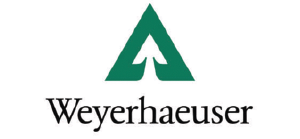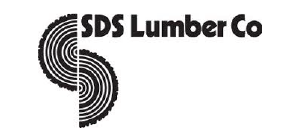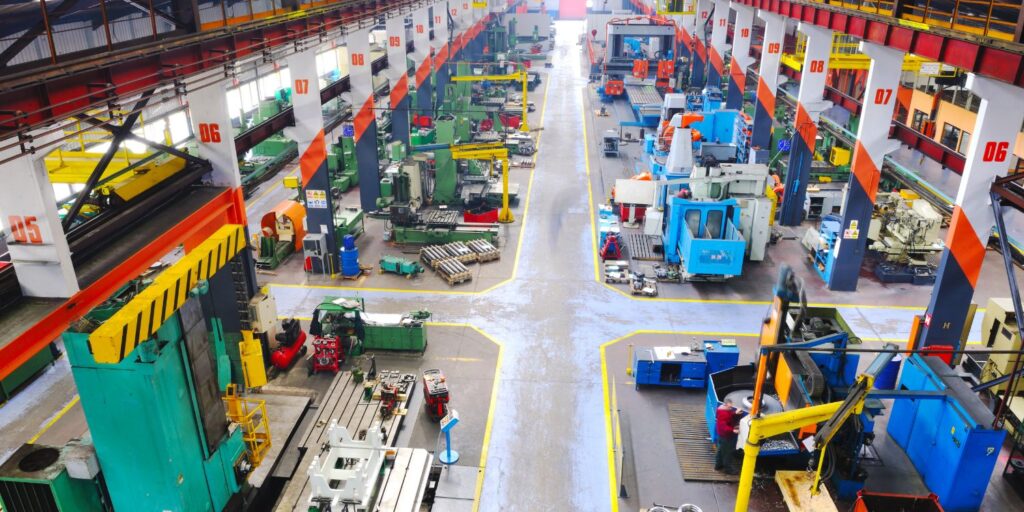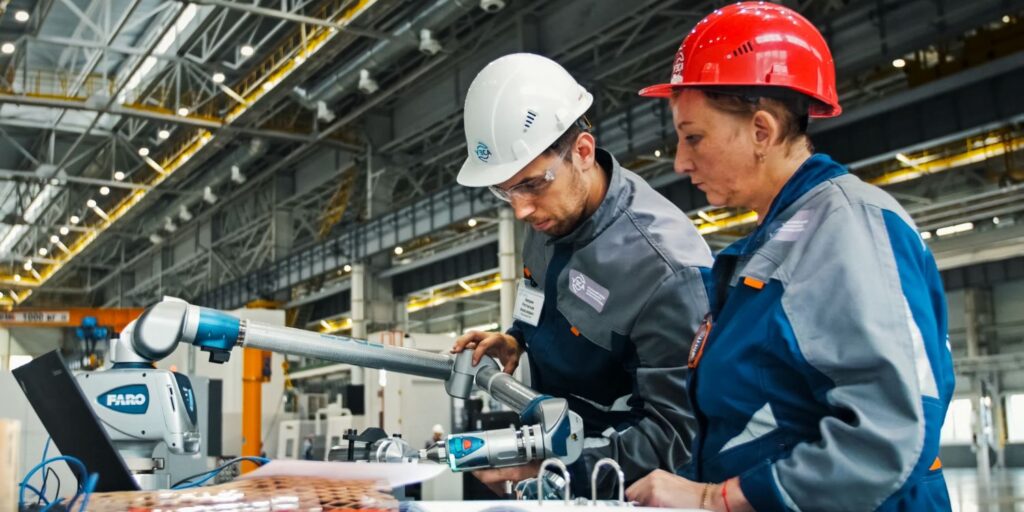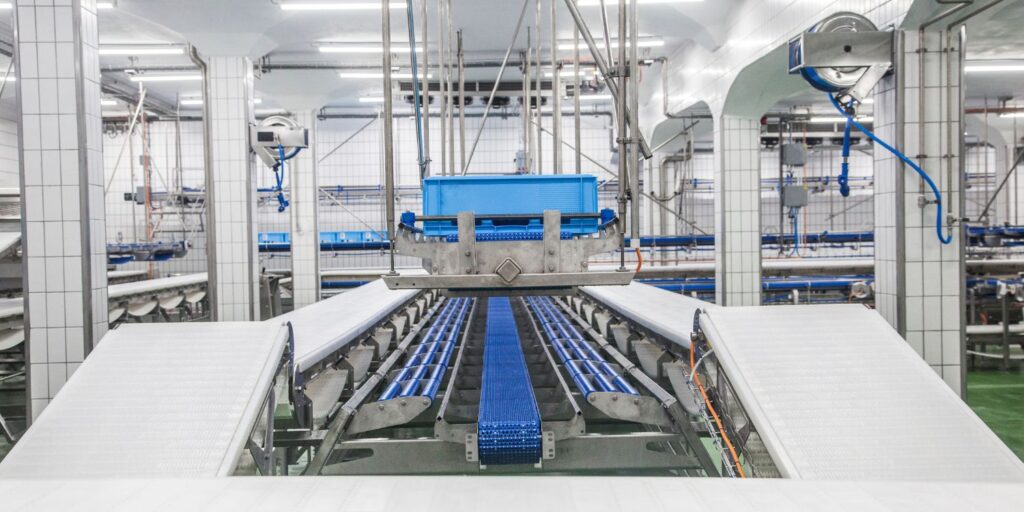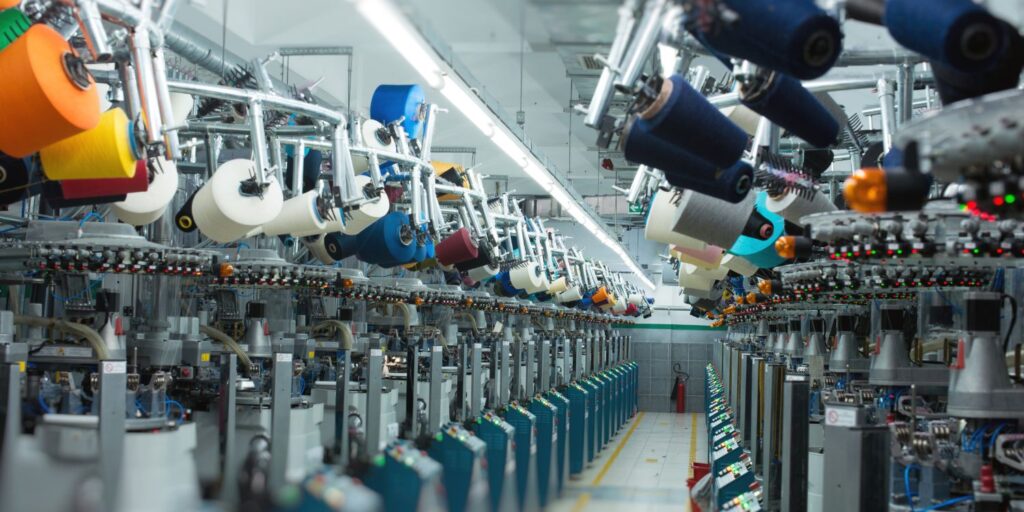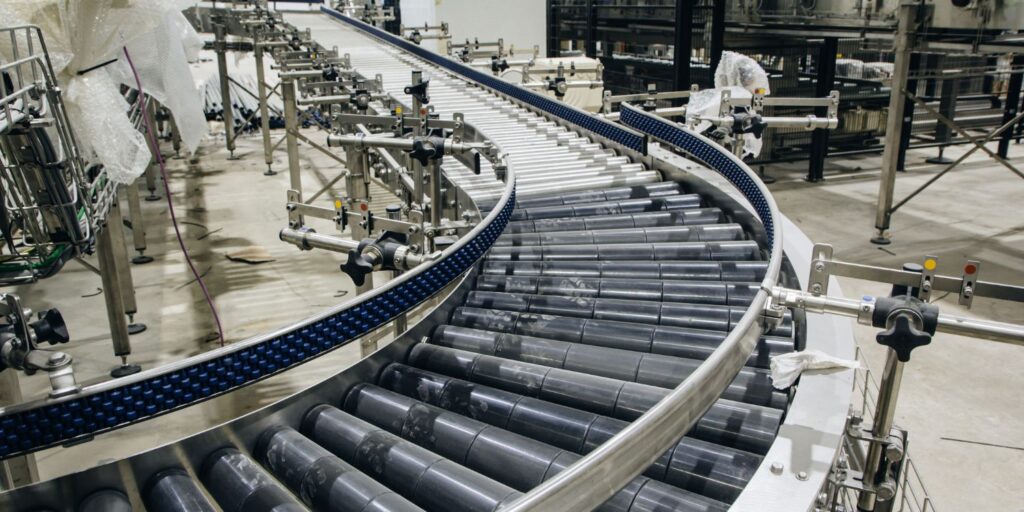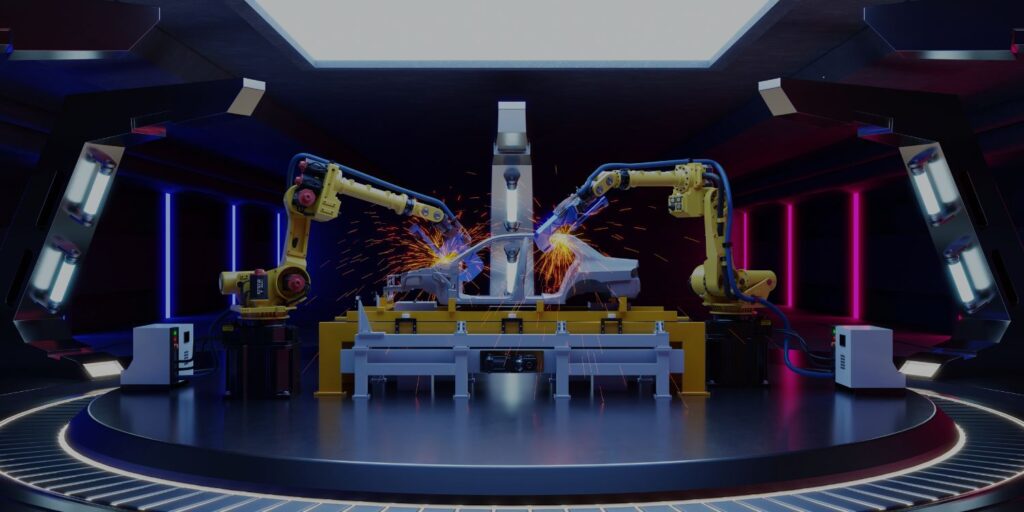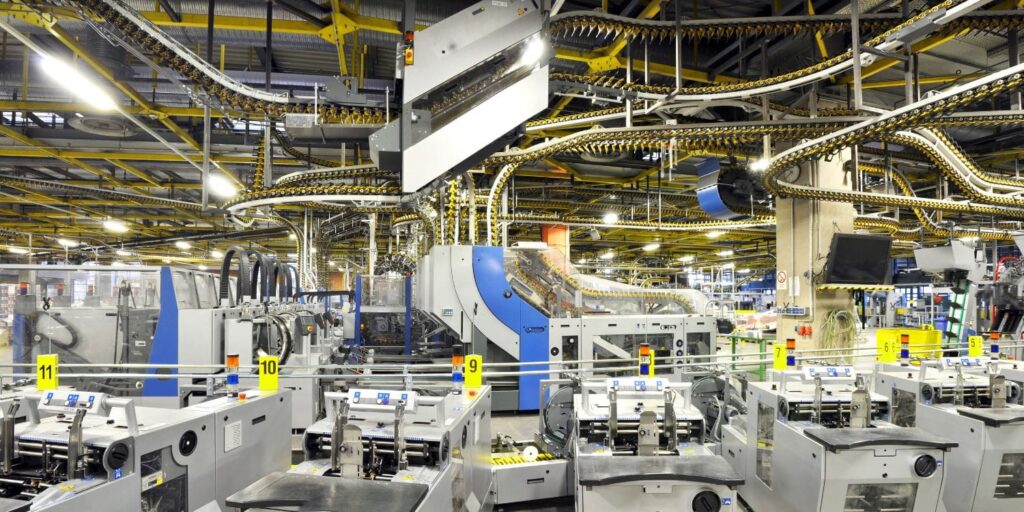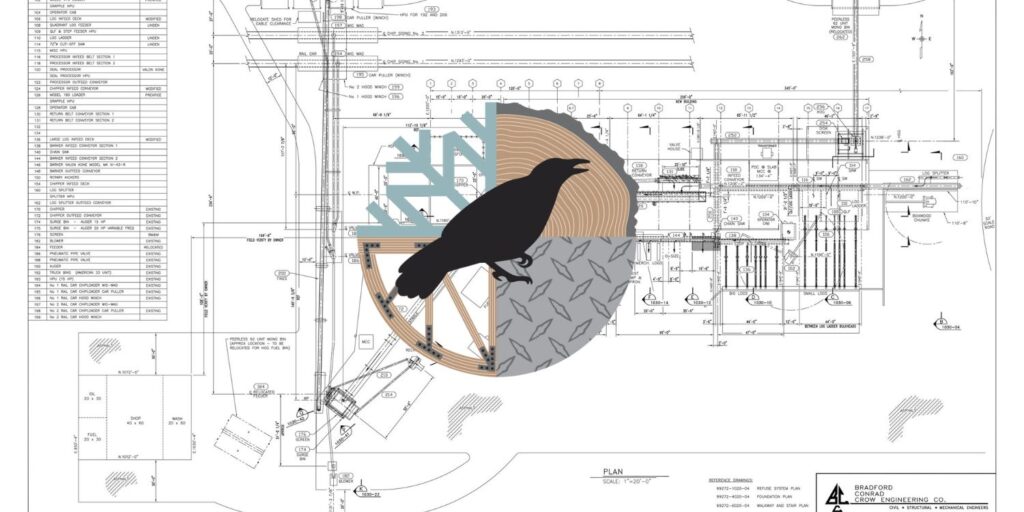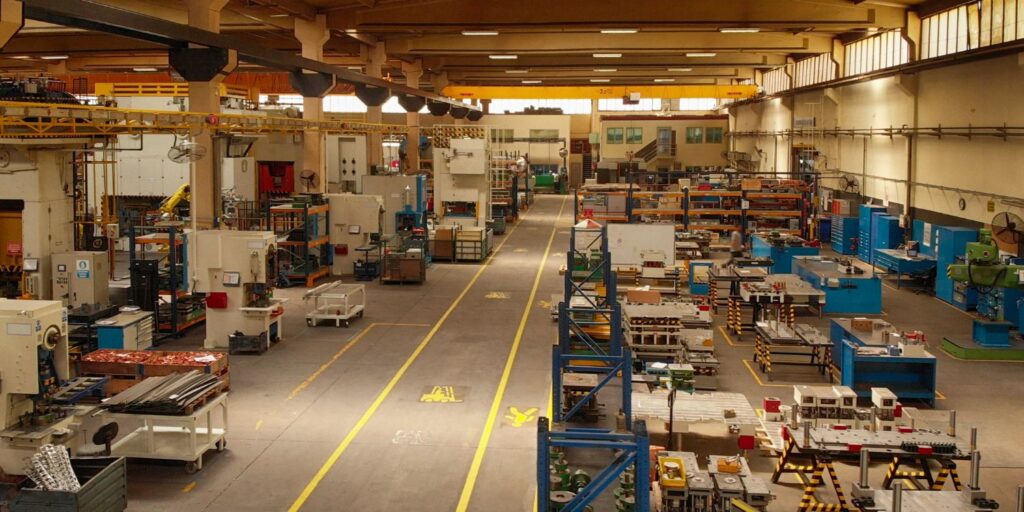Expert Structural Foundation Design Services
At Crow Engineering, we are committed to delivering high-quality structural design services. Our experienced engineers combine expertise with state-of-the-art technology to provide comprehensive solutions customized to each project’s unique requirements. Crow Engineering ensures that every foundation we design is robust, reliable, and built to last, with expertise across various industry requirements.
Structural Foundation Types
Selecting the appropriate foundation type is an important part of every building structure design and is critical for stability and durability. Foundations can be broadly categorized into shallow and deep types, each suited to different soil conditions and load requirements.
These include slabs-on-grade and spread footings. Shallow foundations are typically used when the surface soils are capable of supporting the loads imposed by the structure.
Slabs-on-Grade
A type of shallow foundation where a concrete slab is poured directly on the ground. It is ideal for buildings where the soil conditions are stable and the load requirements are moderate.
Spread Footings
These distribute the load from the structure over a larger area. They are often used for residential buildings and smaller commercial structures where the soil near the surface has adequate bearing capacity.
These include piles and caissons, used when the surface soils are inadequate to support the load and it is necessary to transfer the load to deeper, more stable soil or rock layers.
Piles
Long, slender columns driven deep into the ground to reach more stable soil or rock layers. Piles are commonly used in areas with poor surface soil conditions or for very heavy structures.
Caissons
Large, watertight retaining structures used to work on the foundation of a bridge pier, for example, underwater. Caissons are filled with concrete to create a deep foundation.
Collaboration with Geotechnical Engineers
Selecting the appropriate foundation type requires a detailed understanding of the soil conditions and load characteristics of the structure. Crow Engineering collaborates closely with geotechnical engineers to ensure a comprehensive analysis of the site.
Soil Analysis
Geotechnical engineers perform soil tests to determine the strength, density, and compressibility of the soil. This information is crucial for deciding whether a shallow or deep foundation is more appropriate.
Load Characteristics
Understanding the load characteristics, including dead loads (permanent static loads) and live loads (temporary or movable loads), is essential for designing a foundation that can support the structure under various conditions.
Crow Engineering customizes structural foundation designs to the specific requirements of each project for optimal performance and safety. By integrating geotechnical insights with advanced engineering principles, Crow delivers structural design solutions that are both effective and reliable, meeting the unique demands of every construction project.
Accurate Load Calculations
Calculating and anticipating loads accurately is fundamental in structural foundation design. This process ensures that the foundation can safely support the structure, its occupants, and various environmental forces. Crow Engineering uses advanced modeling and analysis tools to predict the loads that the foundation will encounter, which include:
- Structural Loads: The weight of the building materials and components.
- Occupant Loads: The weight of the people and furnishings within the structure.
- Environmental Loads: Forces such as wind, seismic activity, and temperature changes.
Dead Loads vs. Live Loads
Understanding the distinction between dead loads and live loads is crucial in building structure design.
Dead Loads
These are permanent, static loads that do not change over time, such as the weight of the building’s structure, walls, floors, and fixed equipment.
Live Loads
These are temporary or movable loads that can vary, such as people, furniture, vehicles, and equipment. Environmental factors like wind and seismic activity also contribute to live loads.
Crow utilizes state-of-the-art software to model and simulate loads, conducting detailed structural assessments to ensure all potential loads are accounted for. We incorporate real-world data and environmental conditions into the analysis. This thorough approach ensures the structural integrity and longevity of the foundations we design.
Soil Investigation in Structural Design
The role of Geotechnical engineers in foundation design is vital to determine the strength and density of the soil, which directly affects the building’s load-bearing capacity. The compressibility of soil is also a factor in determining how the soil will compress under a given load and the impact on the structure.
Crow Engineering collaborates with reputable geotechnical firms to obtain precise soil data. This partnership ensures that our foundation designs are based on accurate, site-specific information, enhancing the reliability and safety of the structures we support.
Safety in Structural Foundation Designs
Integrating safety considerations into foundation design is essential to account for unexpected loads and environmental changes. Safety in design ensures that structures remain stable and secure under various conditions, including extreme weather events and seismic activities.
Factors of safety (FoS) are used in design calculations to provide a margin of error. These factors account for uncertainties in load estimations, material strengths, and construction practices. By applying FoS, Crow Engineering ensures that foundations can withstand loads significantly higher than those anticipated during normal operation.
Crow Engineering is dedicated to incorporating safety in all aspects of foundation design. Our structural design engineers adhere to industry standards and best practices, regularly review and update our safety protocols, and engage in continuous education and training to stay abreast of the latest safety innovations. This commitment ensures that every foundation we design is robust and resilient.
Detailed Drawings and Specifications
Preparing comprehensive drawings and specifications is crucial for guiding the construction process. These documents include all necessary details to ensure the foundation is built according to the design.
Our detailed documents cover reinforcement plans, specifications for the placement and type of reinforcement materials, such as steel rebar, to ensure the foundation can handle the intended loads. Foundation layouts include clear instructions on the dimensions and configuration of the foundation, including depths, widths, and materials to be used.
Crow provides ongoing support during the construction phase to ensure the foundations are built accurately and effectively. This includes on-site inspections, support, and collaboration with contractors.
Modern Structural Design Sustainability Considerations
Modern structural foundation design incorporates sustainability to reduce environmental impact. This includes using eco-friendly materials, minimizing waste during construction, and implementing designs that enhance energy efficiency. Techniques such as optimizing material usage, recycling construction waste, and selecting sustainable materials help reduce the carbon footprint of construction projects.
Crow collaborates closely with architects to integrate sustainable practices into foundation design. Architects and engineers work together to select materials and methods that align with sustainability goals, such as using locally sourced materials, implementing green building techniques, and ensuring efficient use of resources. This collaboration ensures that sustainability is considered from the initial design phase through to construction.
The Structural Foundation Design Process
Crow Engineering adopts a holistic approach to structural foundation design, involving both geotechnical and structural engineering expertise. This comprehensive method ensures that all aspects of the site and structure are considered, from soil properties to load analysis and environmental conditions. The primary goal of our structural foundation design process is to ensure that structures remain safe, stable, and functional throughout their intended lifespan.
By conducting thorough assessments, detailed load analysis, and incorporating safety factors, Crow Engineering provides foundation solutions that stand the test of time. Our commitment to quality and safety ensures that every project meets or exceeds industry standards.

Why Choose Crow Engineering for Structural Engineering?
Crow Engineering is dedicated to providing exceptional structural design services, ensuring that every project is executed with precision, safety, and sustainability in mind. Our team of experienced structural design engineers is ready to assist you with your next construction project. Contact us today to learn how we can support your building project with expertise in structural foundation design services.
the crow connection
Recent News
The Crow Connection delivers high-level insights on engineering, automation, and process optimization, helping you drive efficiency and innovation. Covering topics like AI-powered automation, manufacturing strategies, and industrial process improvements, it’s a must-read for leaders seeking a competitive edge.

